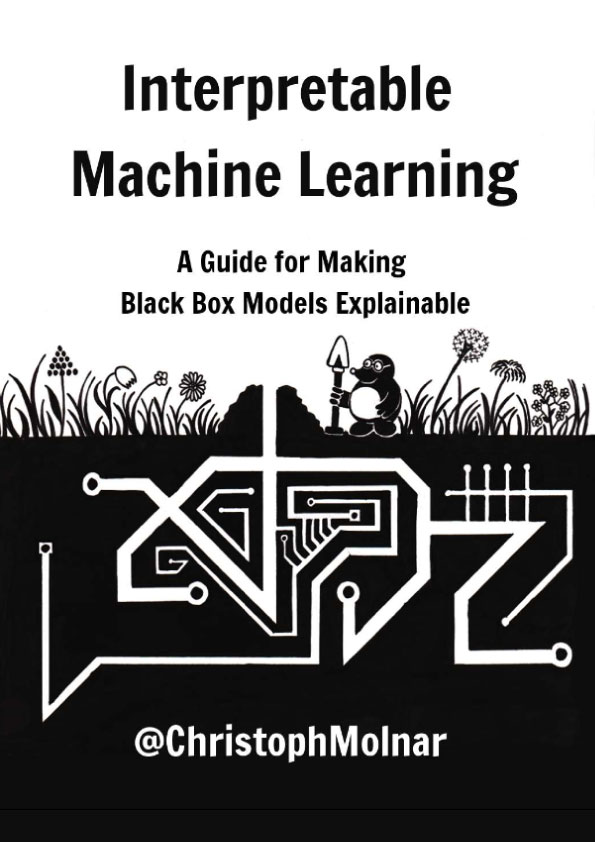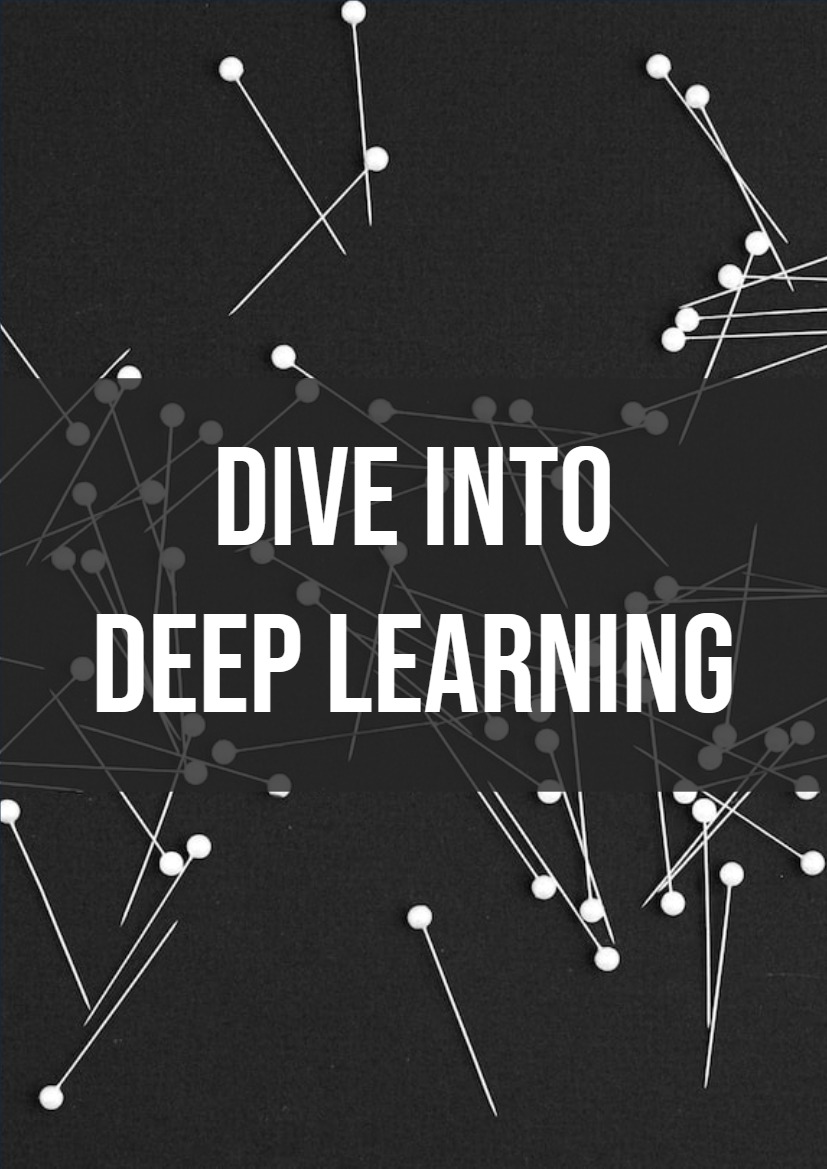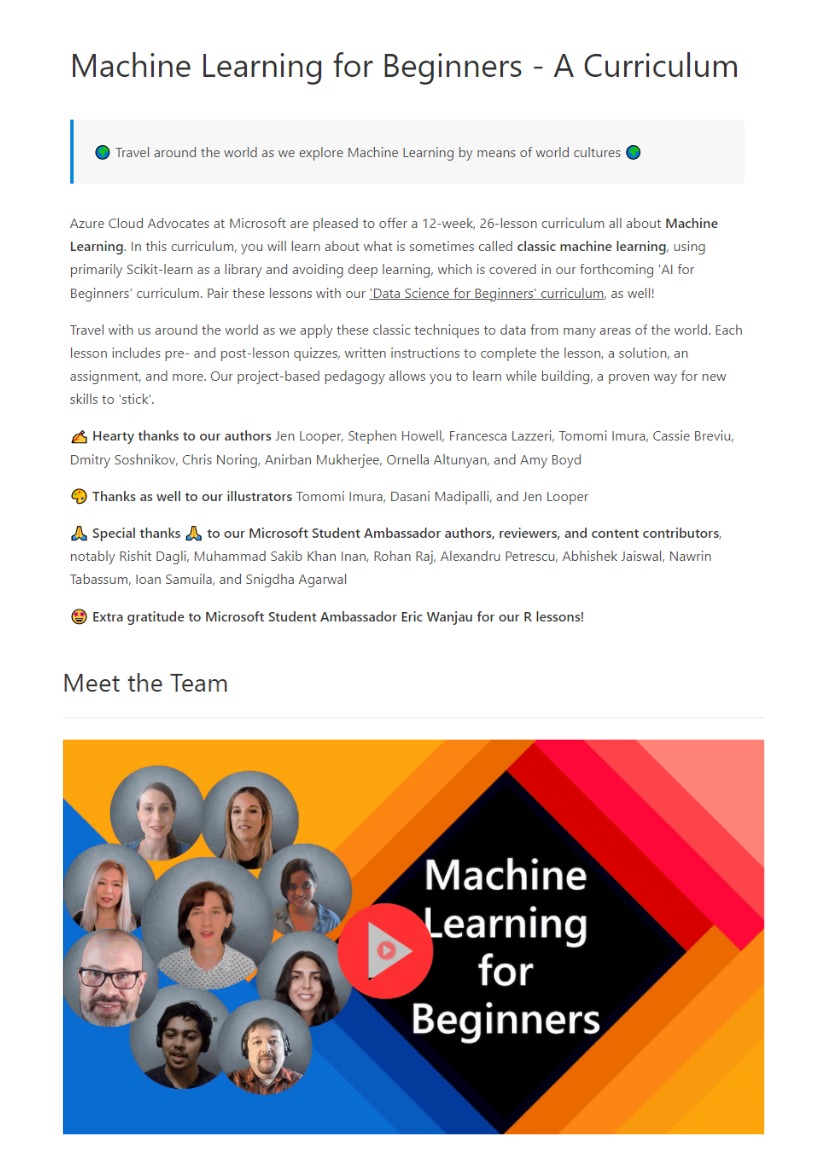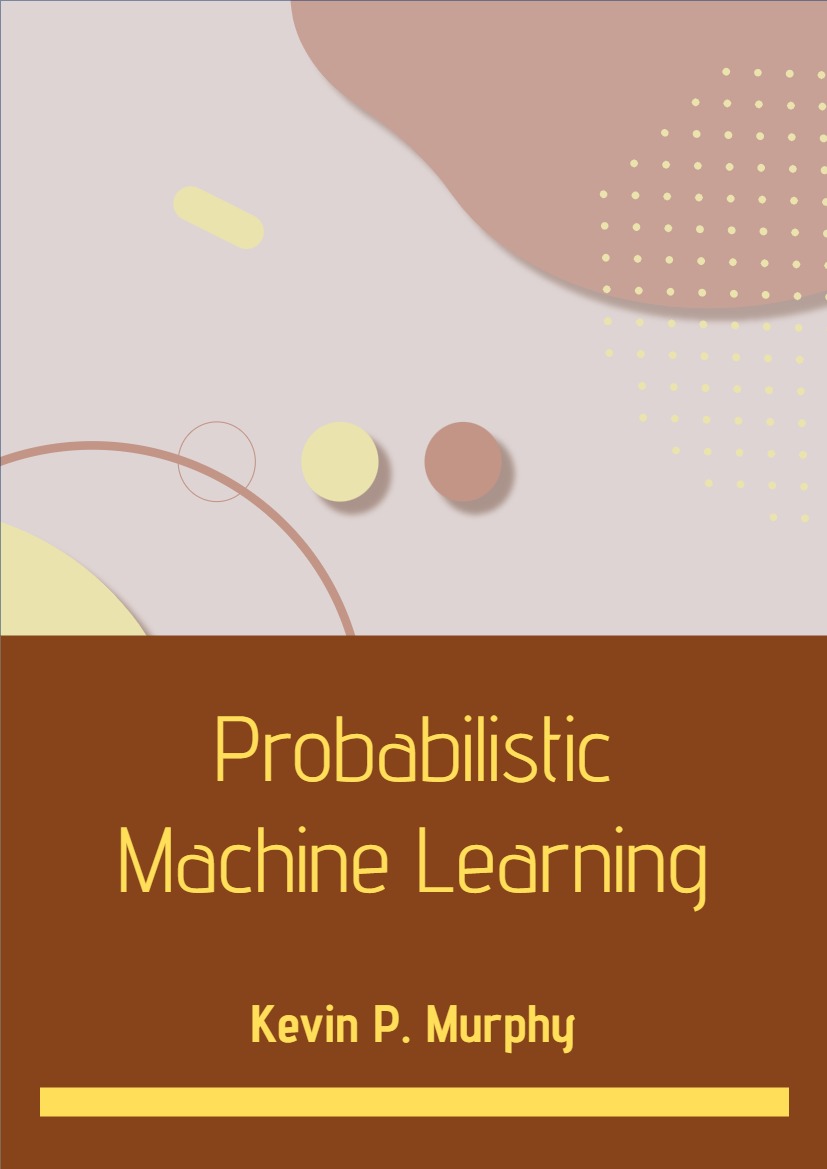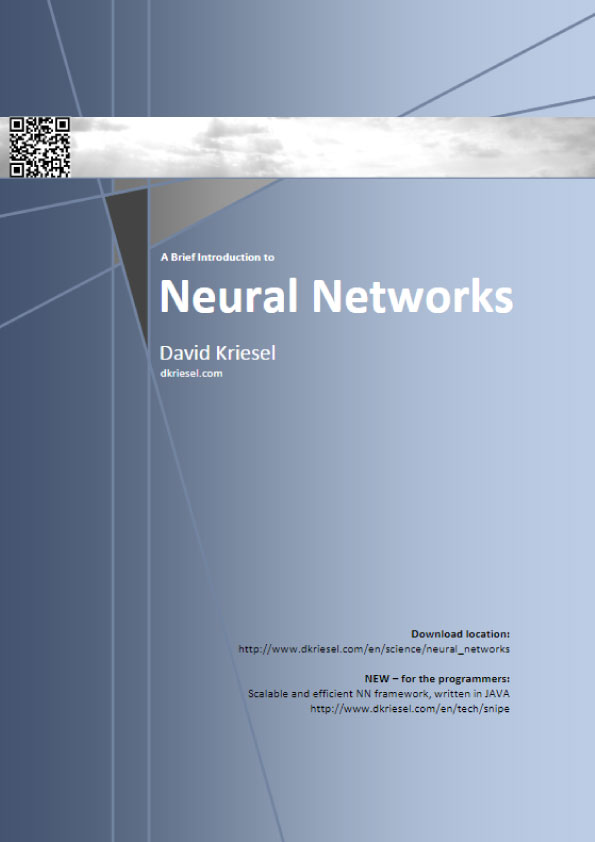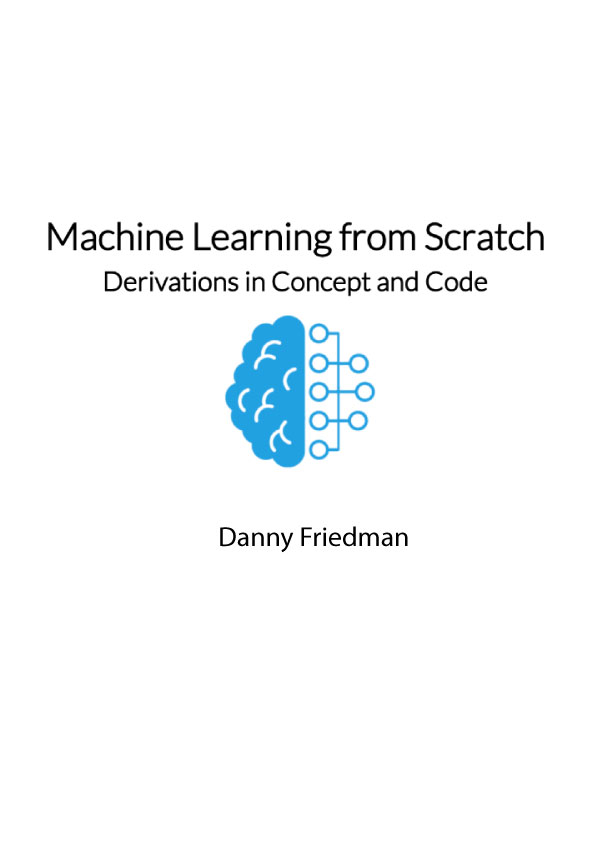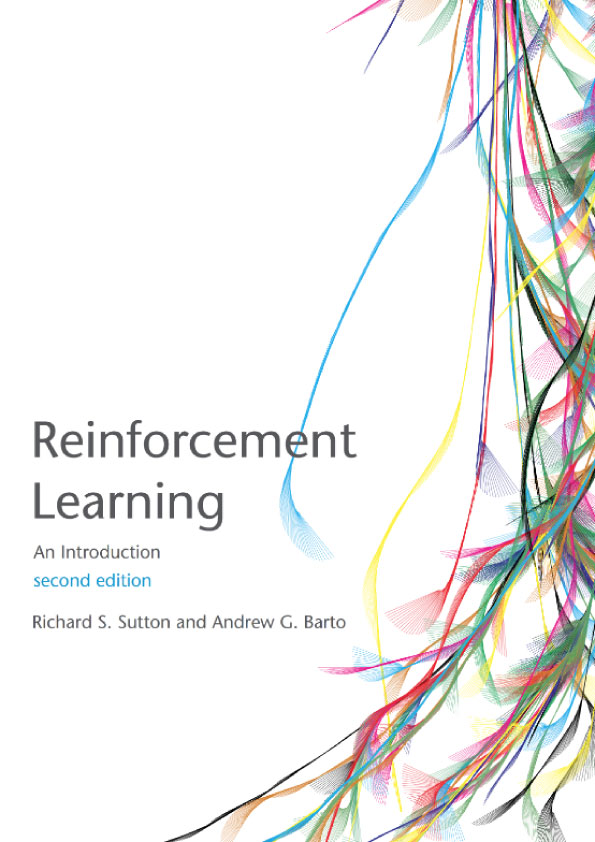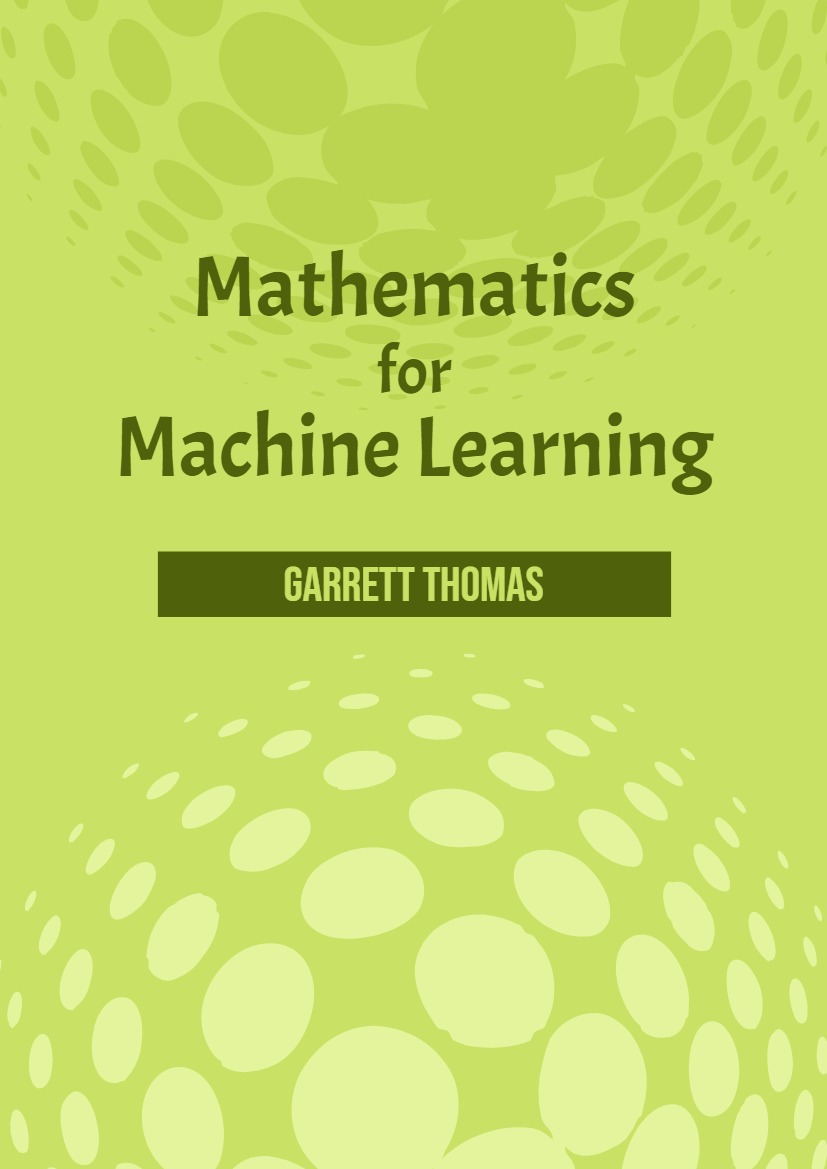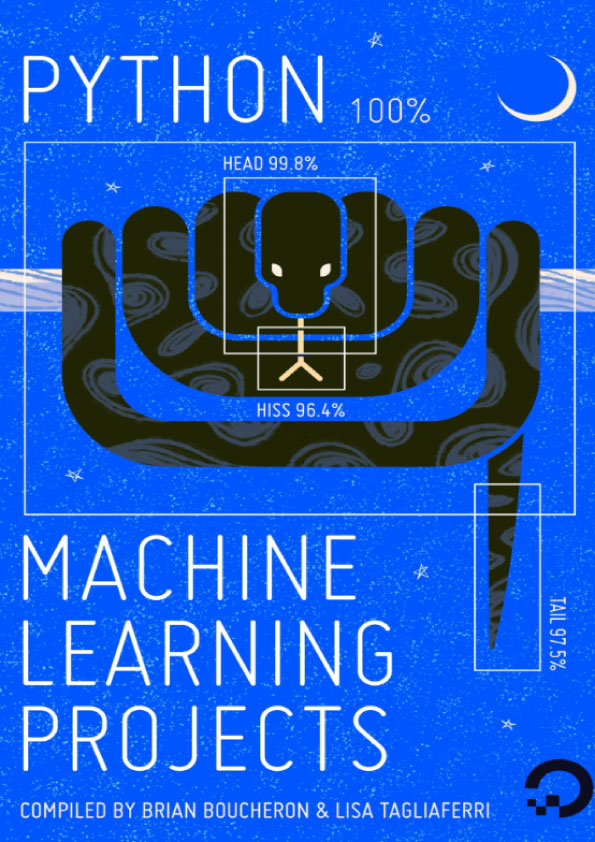What Is Machine Learning?
Machine learning is a set of methods that computers use to make and improve predictions or behaviors based on data.
For example, to predict the value of a house, the computer would learn patterns from past house sales. The book focuses on supervised machine learning, which covers all prediction problems where we have a dataset for which we already know the outcome of interest (e.g. past house prices) and want to learn to predict the outcome for new data. Excluded from supervised learning are for example clustering tasks (= unsupervised learning) where we do not have a specific outcome of interest, but want to find clusters of data points. Also excluded are things like reinforcement learning, where an agent learns to optimize a certain reward by acting in an environment (e.g. a computer playing Tetris). The goal of supervised learning is to learn a predictive model that maps features of the data (e.g. house size, location, floor type, …) to an output (e.g. house price). If the output is categorical, the task is called classification, and if it is numerical, it is called regression. The machine learning algorithm learns a model by estimating parameters (like weights) or learning structures (like trees). The algorithm is guided by a score or loss function that is minimized. In the house value example, the machine minimizes the difference between the estimated house price and the predicted price. A fully trained machine learning model can then be used to make predictions for new instances.
Estimation of house prices, product recommendations, street sign detection, credit default prediction and fraud detection: All these examples have in common that they can be solved by machine learning. The tasks are different, but the approach is the same:
Step 1: Data collection. The more, the better. The data must contain the outcome you want to predict and additional information from which to make the prediction. For a street sign detector (“Is there a street sign in the image?”), you would collect street images and label whether a street sign is visible or not. For a credit default predictor, you need past data on actual loans, information on whether the customers were in default with their loans, and data that will help you make predictions, such as income, past credit defaults, and so on. For an automatic house value estimator program, you could collect data from past house sales and information about the real estate such as size, location, and so on.
Step 2: Enter this information into a machine learning algorithm that generates a sign detector model, a credit rating model or a house value estimator.
Step 3: Use model with new data. Integrate the model into a product or process, such as a self-driving car, a credit application process or a real estate marketplace website.
Machines surpass humans in many tasks, such as playing chess (or more recently Go) or predicting the weather. Even if the machine is as good as a human or a bit worse at a task, there remain great advantages in terms of speed, reproducibility and scaling. A once implemented machine learning model can complete a task much faster than humans, reliably delivers consistent results and can be copied infinitely. Replicating a machine learning model on another machine is fast and cheap. The training of a human for a task can take decades (especially when they are young) and is very costly. A major disadvantage of using machine learning is that insights about the data and the task the machine solves is hidden in increasingly complex models. You need millions of numbers to describe a deep neural network, and there is no way to understand the model in its entirety. Other models, such as the random forest, consist of hundreds of decision trees that “vote” for predictions. To understand how the decision was made, you would have to look into the votes and structures of each of the hundreds of trees. That just does not work no matter how clever you are or how good your working memory is. The best performing models are often blends of several models (also called ensembles) that cannot be interpreted, even if each single model could be interpreted. If you focus only on performance, you will automatically get more and more opaque models. Just take a look at interviews with winners on the kaggle.com machine learning competition platform⁸: The winning models were mostly ensembles of models or very complex models such as boosted trees or deep neural networks.
